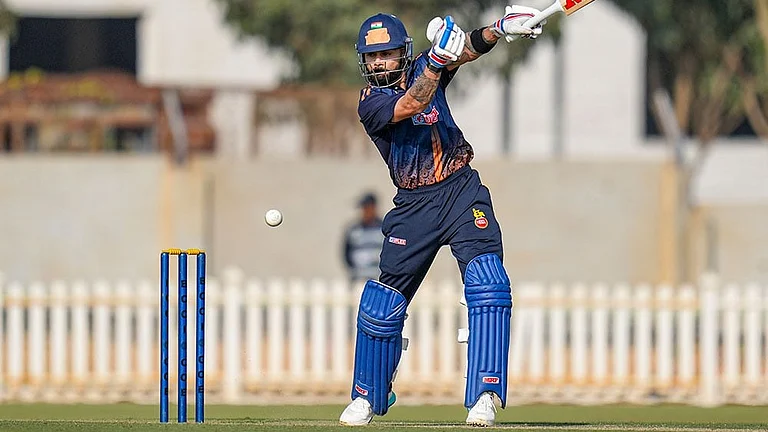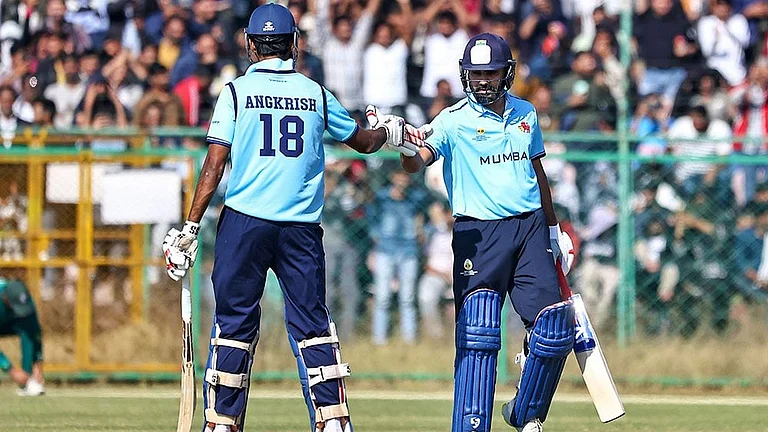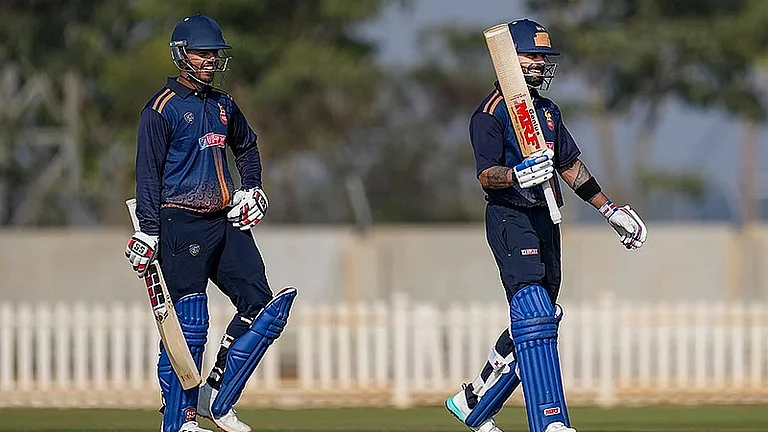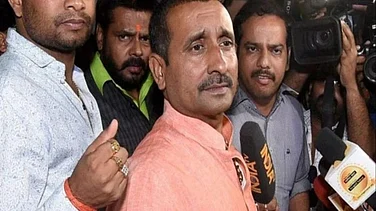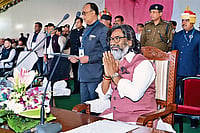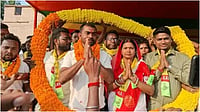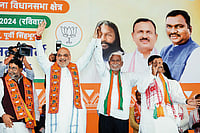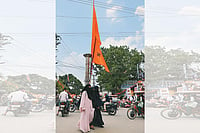The Ramayana being one of the most contested and multivalent texts always triggers some controversies over its interpretations. The recent comments of Bihar Education Minister Chandra Sekhar that Tulsidas’s Ramcharitmanas “spreads hatred in society” is just another addition to the rows of debates on the epic that through ages survived thousands of versions and millions of interpretations.
Chandra Sekhar while addressing the 15th convocation ceremony of Nalanda open university when said that it is mentioned in Ramcharitmanas “that the lower caste people become poisonous by getting an education as a snake becomes after drinking milk”, he was someway or other echoing the voice of anti-caste social activist E.V. Ramswamy Perriyar who in 1922 expressed his intent to burn the Ramayana for he considered it to be the root of Brahminical hierarchy in Dravidian society.
The comment of Chandra Sekhar received quite expected threats and rebuttals. While the right-wing political organisations asked for his resignation, an Ayodhya-based seer Jagadguru Paramhans Acharya of Tapaswi Chawani Temple declared Rs. 10 Crores price money for chopping his tongue. In a politically polarized society where monology is preferred over dialogues and competitive discourse(s), such threats are nothing new.
But these threats are unable to resolve the prevalent questions that the epic brought in- Who is Ram? How many Ramayanas are there? Can we interpret the vast epic without taking into consideration the multiple realities it encountered in diverse spatial and temporal contexts? To explore thousands faces of Ram, our editor Chinki Sinha with the team Outlook explored different contextualities, multiple localities in our October 10, 2022 issue that transcends the contours of normative understanding of Ramayana. It took the gigantic task of finding different versions and interpretations to reflect on the multidimensional realities in the intersections of caste, religion gender and regions.
Recalling how her mother shared with her the women’s perspective of Ramayana emphasizing on Sita’s prominence in a masculine world, our editor tells us, “My Ramayana is then a composite of many stories told to me by men and women around me. It was a beautiful story. Like magic realism.” Multiple responses to the idea of Ram led to, what Arshia Sattar calls, “a multi-vocal and pluralist tradition that defies the canonisation of a single text, version or portrait.”
Taking cues from A K Ramanujan’s 300 Ramayanas Ashutosh Bharadwaj draws different dimensions that shape the discourse(s) of Ramayana. In his words, “If Tulsidas made Ram a self-effacing family man and king to be worshipped and idolised in millions of households, the Ayodhya movement lent him a political identity. Tulsidas’s Ram was a stoic and gentle being. L.K. Advani’s Ram is an electoral warrior.”
We also identify Ram in the folk-cultures not as a victor, rather as a family person- sometimes, as Nirala Bidesia points out, as a ‘son-in-law’ in Purabiya folk culture of Bihar. While, we tread through different forms of Ramayana as received in different religions and regions, we meet Sushma Asur from Jharkhand who considers herself as the descendant of Mahishashura, the mythological buffalo king who was killed by goddess Durga to establish the rules of good over the evils. Taking to our editor, Sushma Asur talks about the formless God they believe in. “I was born in the Asur community, a tribe that descends from Mahishasura. We don’t know Ramayana. We are tribals. Our god is formless. We believe in nature and ancestors. Long ago, we would not step out of the house during Dussehra,” Sushma reveals.
Traversing through the terrains of multiple Rams and Ravanas, as we enter the ‘abode of Sita’, we find the stories of pains marred with the senses of abandonment. “None of the girls I knew in school or college were named Sita”, our editor notes as they fear the ‘fate’ that awaited the deserted queen.
As the debates over the meaning of Ram and the interpretation of Ramcharitmanas again garner strength, I remember that man in A K Ramanujan’s 300 Ramayans who was respected in his village for he found the ‘ring’ that Hanuman lost while playing the epic! Ramayana lies in every heart- just the versions differ.








